What is the Mini PCI-e format capable of?
- Transfer

I really like the Mini PCI-e format. This is a tiny form factor that serves as the base for mSATA and M.2, but it is mainly used to connect WiFi and Bluetooth cards in laptops or small PCs. But essentially it’s just PCI-e, so you can do much more with it.
Here, for example, is the usual wireless card used with it:
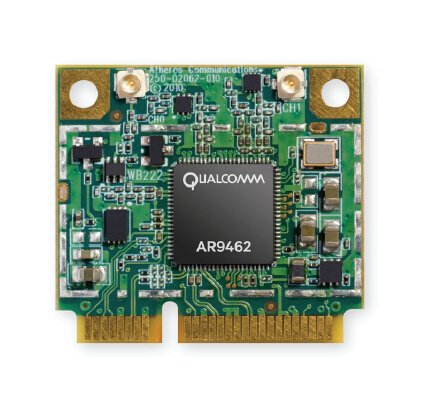
But since it is just PCI-e, it can be turned into PCI-e x1 using an adapter. This is the cheat code for Mini PCI-e: after that, you can connect anything you like, right down to the full-sized GPU. It will work slowly, but it will.
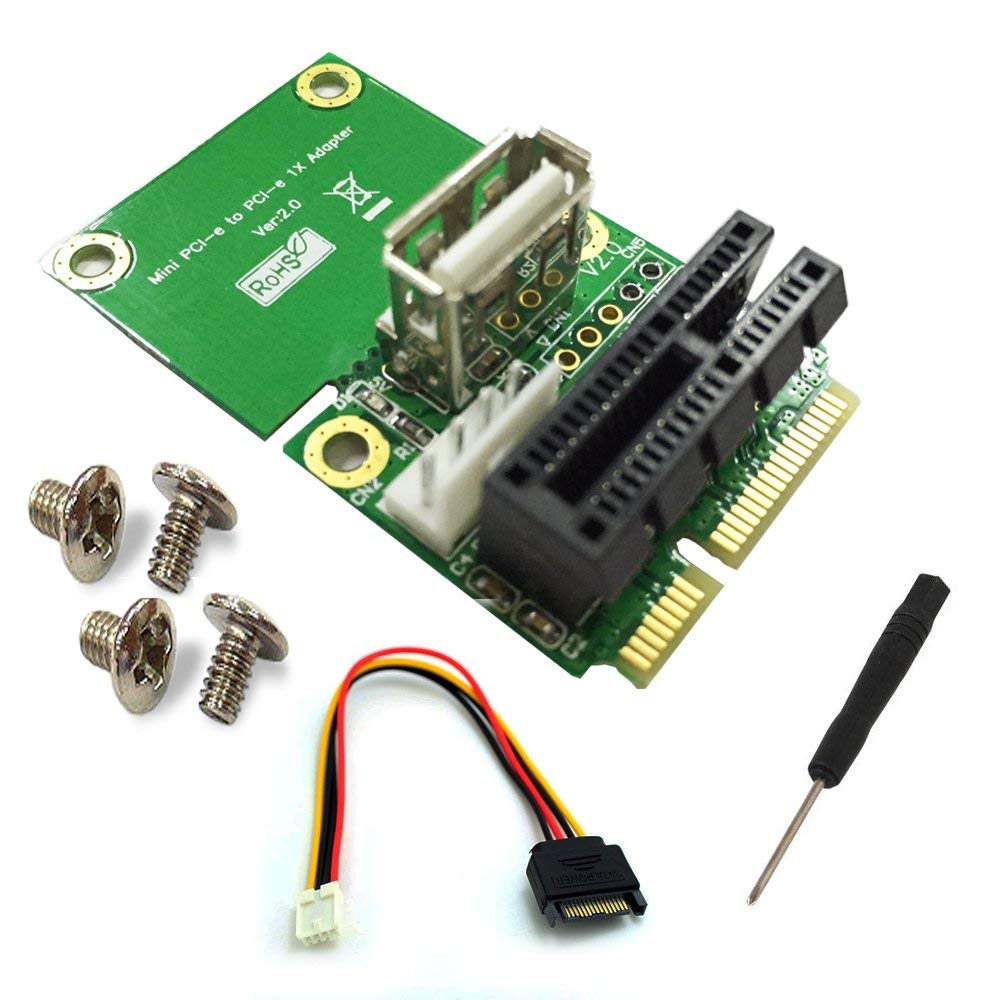
However, there are many cards designed specifically for this format. For example, a card for Ethernet:
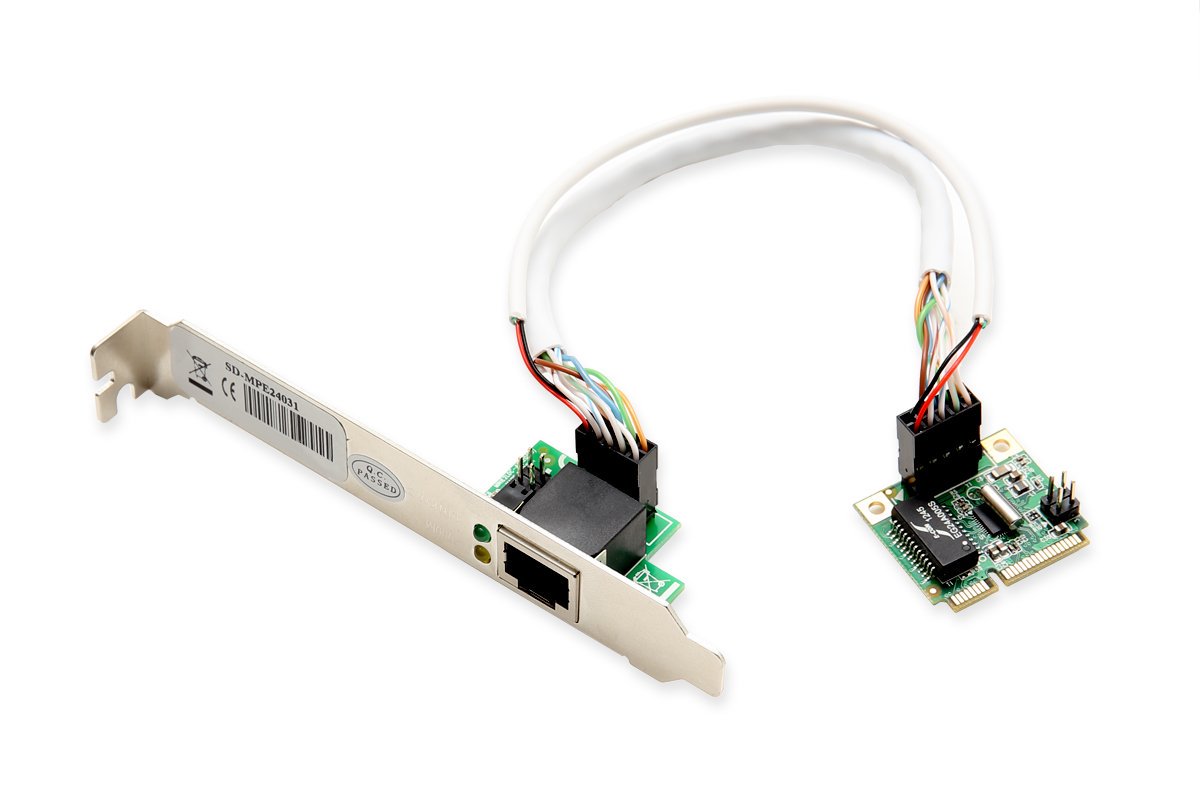
Naturally, diagnostic tools:

The connector, of course, can be used for SATA:

But do you want ... Firewire? Seriously??

Well, if Firewire is available to us, then nothing prevents us from using USB, if someone else clings to this aging standard:
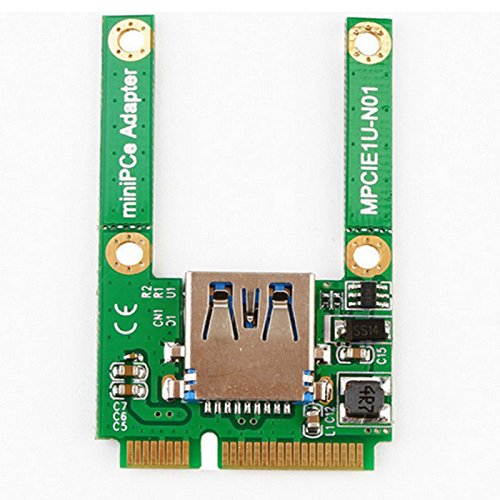
Naturally, there is also a serial port. The industrial world works on the RS-232 interface:

There is little serial port - for you there is a card with serial and parallel ports. Sometimes you want to connect an Epson FX-80 to a laptop:
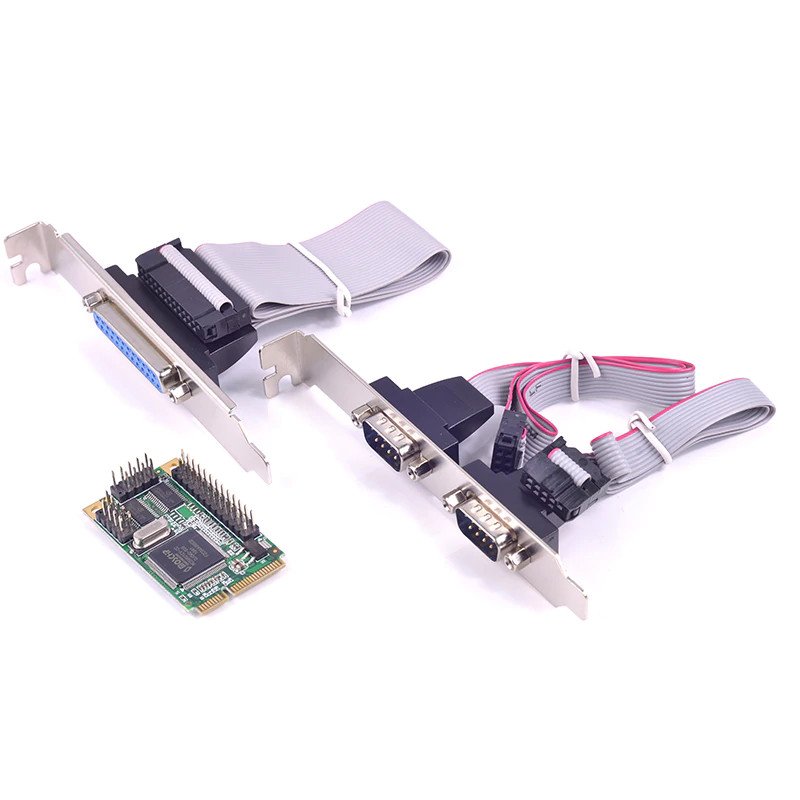
There are slots for CompactFlash:

Towers for USB3 of dubious value: a

GPS receiver, for some reason with a separate battery:
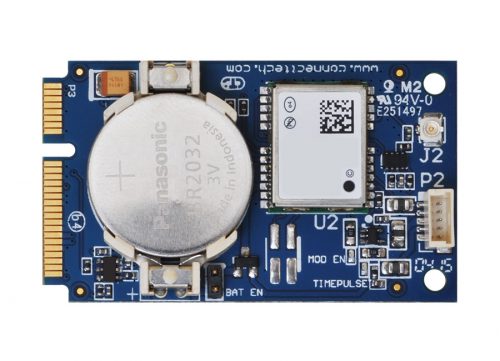
And since this is PCI-e, it will be fast enough for video cards. So they also exist:
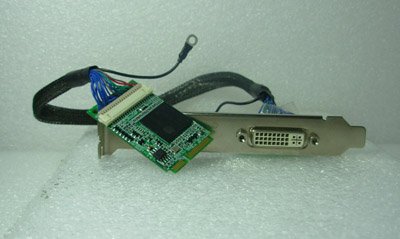
Fun fact: there are bridges from PCI-e to PCI. Therefore, of course, there are bridges from Mini PCI-e to PCI - for example, such a bridge, studded with PCI sound cards:
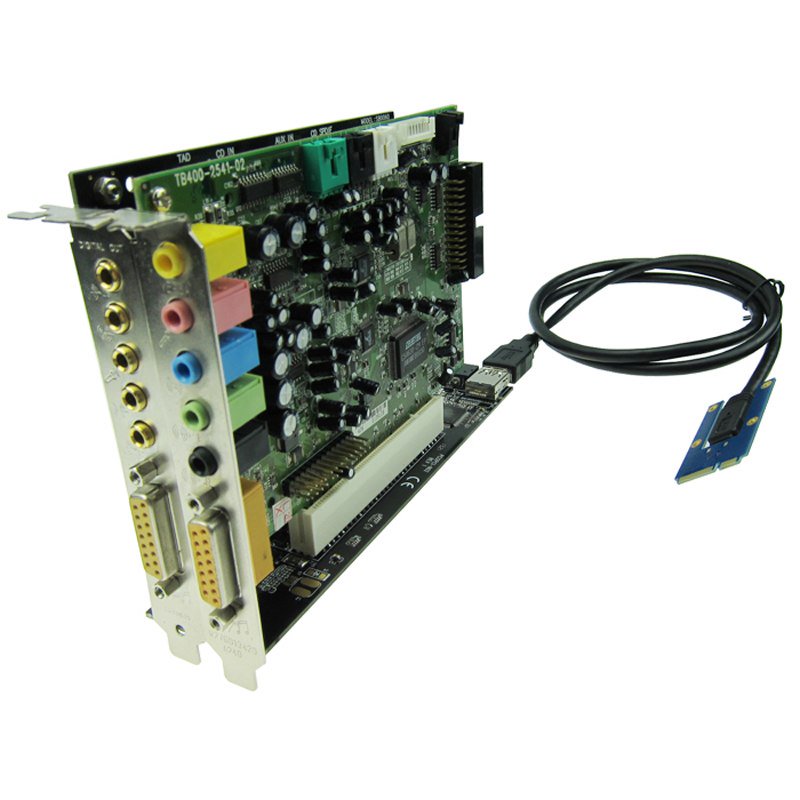
How about a card for receiving a TV signal?

Or an SD slot! It's funny how well the SD slot fits in size for the Mini PCI-e card:
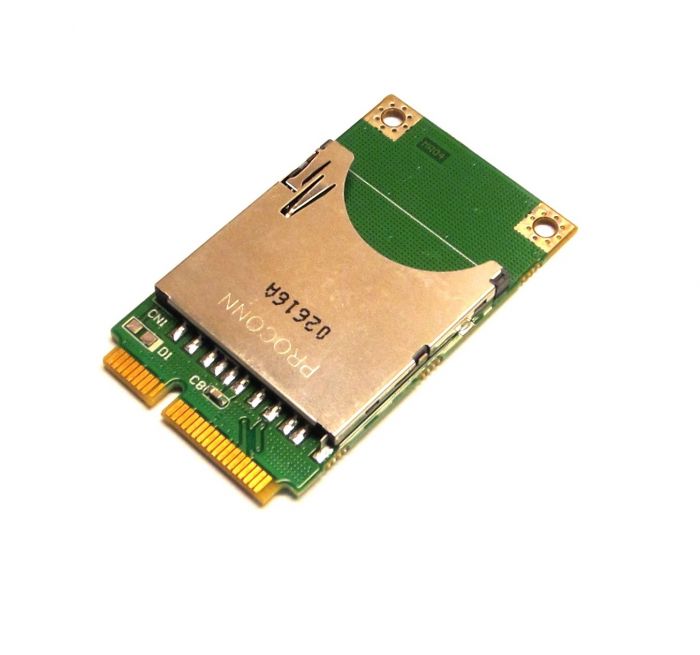
If this is not enough for you, you can take a card with two microSD:
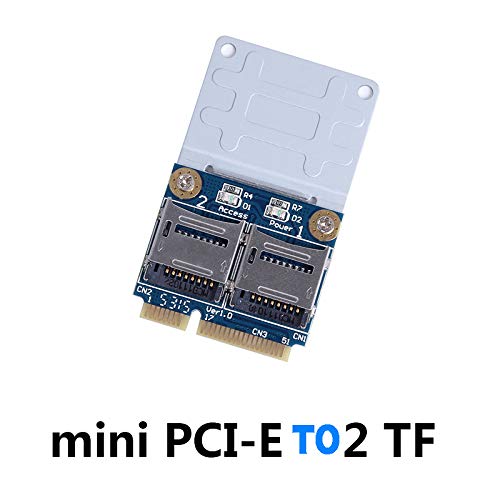
Would you like gigabit Internet with SFP modules?

And since there are video cards, that is, sound cards:
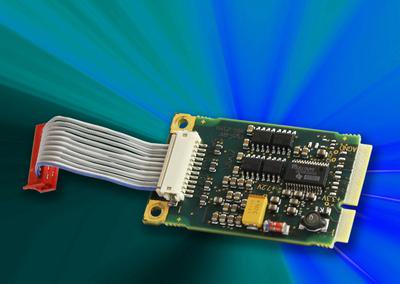
Or simultaneous video recording from 8 channels (for security cameras):

And, yes, a giant Mini PCI-e card with built-in FPGA:
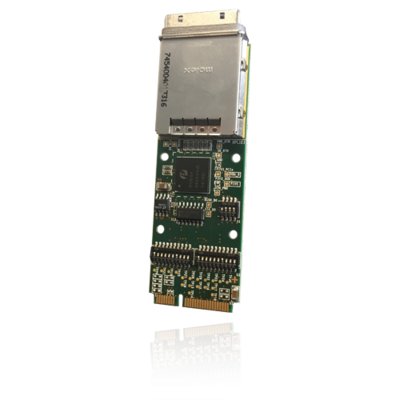
And a double CAN bus, if you suddenly need to debug your car:
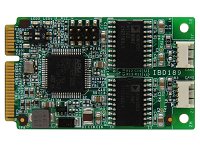
And here’s dual gigabit Ethernet, but in this case it’s more fun for me that a separate daughterboard for two Ethernet connectors turns out to be larger than a Mini PCI-e board:

And here’s an adapter with Mini PCI-e to ExpressCard so you can use all of these ExpressCard format cards, which you probably have:
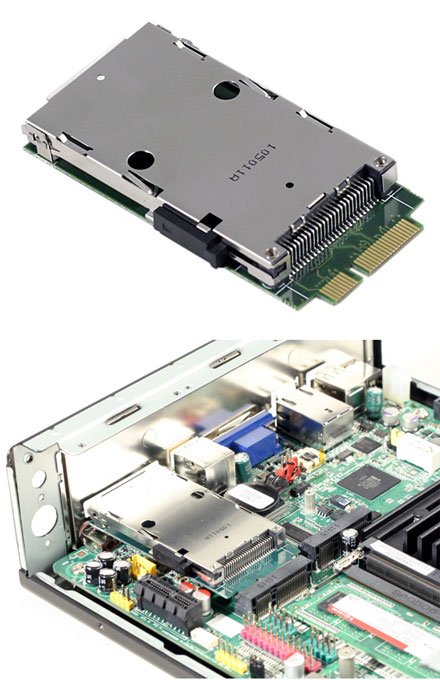
Just don’t confuse it with the opposite adapter from ExpressCard to Mini PCI-e:

But here is an adapter with GPIO pins specially arranged in the same order as Raspberry Pi. Apparently, the idea is to use it with FPGA-computers equipped with Mini PCI-e, together with shields from Raspberry Pi?
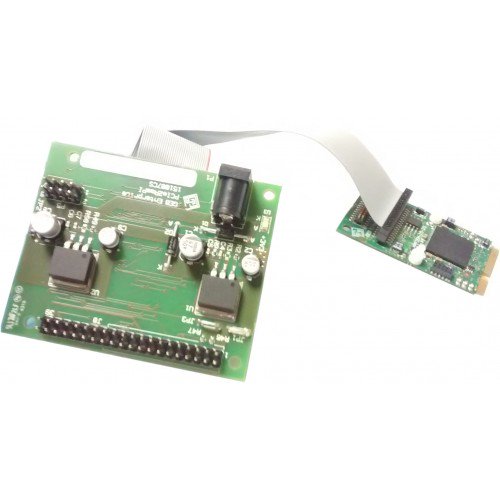
But the board with support for VGA and HDMI, only this is not a video card, but a card for recording video:

And the Mini PCI-e prototyping board, so you can develop your own Mini PCI-e cards:

And if you get tired of the Mini PCI-e x1 slot, you can simply switch to the x16 slot. It seems to me that at the same time it works like x1, but has a full size ... Well, because:
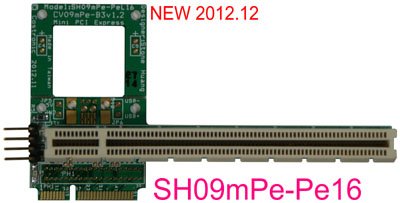
But here is a board with VGA, which is a video card. It is adapted for 86Duino, a convenient built-in x86 system that I still can not buy:

